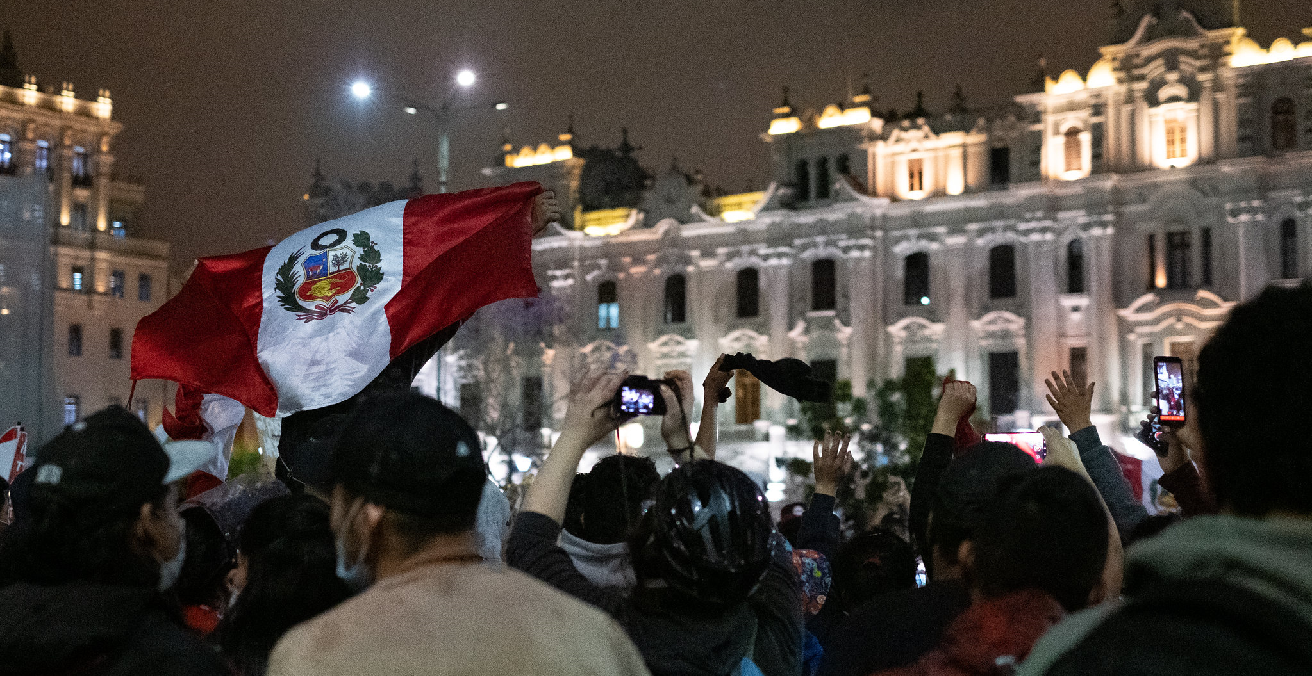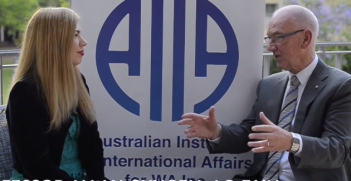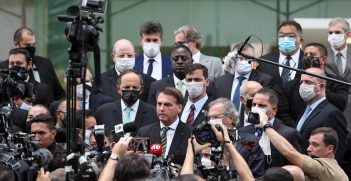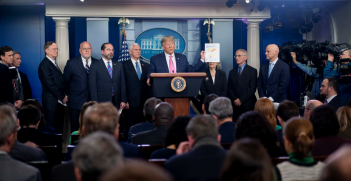Is Political Crisis the "New Normal" in Peru?

Latin America is on the move. After massive strikes in Colombia, Ecuador, Bolivia, and Chile, the causes of the relative long-term political stability in Peru remained a mystery.
Despite numerous, continuous political and economic conflicts, Peruvians did not form anything resembling the anti-corruption movement that overthrew former dictator Alberto Fujimori. However, because of internal fractions inside the political class, on 9 November 2020, the Peruvian Congress removed President Martín Vizcarra. His replacement, Manuel Merino, lasted less than five days in power. His short internship was swept away by the effervescence of mostly young people in the streets of Lima. With Francisco Sagasti recently announced as the new president of Peru, governing until the April 2021 elections, Peru is at a crossroads between stabilisation of the current regime and the need for a real change to the political status quo.
Since the results of its 2016 elections, Peru has experienced a severe institutional crisis. A government divided between President Pedro Pablo Kuczynski and the Congress, controlled by the opposition leader Keiko Fujimori (former dictator Alberto Fujimori’s daughter), has generated a continuous struggle between powers. That crisis escalated with a corruption scandal that led to the resignation of Kuczynski and, later, with the closing of Congress during the government of his successor, Martín Vizcarra. When Vizcarra was just beginning to achieve some stability, the COVID-19 pandemic attacked, and Peru was one of the most affected countries in the Americas and the world. The vacancy against Vizcarra, the resignation of Merino, and the explosion of the streets seem to have unleashed a general crisis of the regime. Is this crisis just a short-term exceptional situation? Or are we facing something harder, like a “new normal” that Peruvian people will have to get used to?
First, unlike the countries that joined the “Bolivarian wave” of South American left-leaning governments during the 2000s, Peru made no changes to the 1993 Political Constitution inherited by Fujimori’s government. It instead saw the need to keep some stability on the free-market rules established by its Economic Chapter. This is something completely different to what happened in many other Latin American countries that faced similar processes. In Peru, the political transition was guided by a general consensus achieved among political and economic elites, with an important presence of the historic (and mostly unpopular) political parties defeated by Fujimori in 1990. This is a key fact because these parties were equally committed to a particular scheme of relations between the public and private sectors.
In addition to this, the “political pact” of the Peruvian transition also had another not-so-obvious feature: it aimed to not produce any kind of irreversible disruption that could generate a general crisis regime. Yet that is what exactly happened. Vizcarra’s dismissal, promoted by congresspeople equally or more inserted in the generalised scheme of corruption than he, unleashed a scenario of popular revolt. Vizcarra was vacated from power under a weak legal figure in constitutional terms: a “permanent moral incapacity” that originally was related to having the mental or psychological conditions to exercise power, and not for ethical reasons. It is necessary to point out that the reasons for Vizcarra’s vacancy were quite weak. On one hand, they refer to acts of corruption that supposedly occurred before his designation as president, while, on the other, the Constitutional Court recently refrained from clarifying the figure of “permanent moral incapacity” with the argument of “not… caus[ing]… greater political tensions in the country.” Keeping the notorious political and ideological distances between both, Vizcarra’s vacancy looks to be more similar to the 2016 impeachment process against Dilma Rousseff in Brazil.
The end of Vizcarra’s government closed the post-transition political pact and opened a Pandora’s Box of turmoil and instability since nobody seemed to have the legitimacy to form a transitional government without facing strong opposition in the streets. In that sense, Manuel Merino’s brief interim was the worst possible response of the regime. Reflecting his notorious improvisation, it took him three days to form a cabinet of ministers, only to have most them resign after two days. He could not even consolidate an operational set of alliances when popular mobilisation had already expelled him from power.
The popular revolt against Merino, although effective, had several objectives, some of them quite contradictory to each other. There were those who demanded the reinstatement of Vizcarra, others demanding “all of them must go” (without clarifying who exactly “all of them” are), and still others calling for a Popular Assembly to write a new Constitution. This fragmentation of people’s demands is a symptom of the overall political situation. Since Fujimori’s fall, popular protest has become irregular and reactive, with very concrete agendas and almost always without underlying deeper political objectives. Removing Vizcarra by force just eight months before the upcoming presidential elections was as a catalyst for multiple popular claims, and it was that catalytic character that made the protests successful. After the fall of Merino, the Congress tried to lengthen the election of its new board of directors, from which the following interim president would be selected, because of the need to place a person without corruption ties. Only nine of the 130 congresspeople do not have open criminal proceedings, so the new interim president had to come from that group.
The new president, Francisco Sagasti, is a social researcher with more technocratic and academic experience than political experience. In general, Sagasti represents a “modernising” trend within the right-wing political sector, which brings him close to what Kuczynski wanted to represent in the 2016 election. Given that Sagasti was appointed to complete the elected popular mandate for the 2016-2021 period, no major changes or reforms are expected from his term. However, if Sagasti leans towards an excessively orthodox economic policy and does not take stronger financial measures to protect the Peruvian population from the effects of an upcoming “second wave” of COVID-19, it is possible that popular discontent would force Peruvians to new mass protests demanding greater social and economic inclusion. This scenario could unleash a new crisis inside the Congress that could even remove Sagasti before the presidential election, generating a greater instability and unpredictability.
Sagasti’s new government has begun to show some failures in the short time since taking office. Despite having been able to cope an agrarian strike that involved massive road seizures in the north and south of the country, the new government’s strategy to combat the pandemic is even less clear today than during the former Vizcarra government. Sagasti is being highly criticised due to his excessively “scholarly” communication style. The precarious stability of the government can be explained more by the weakness of its opponents than by some kind of internal strength, which is why now there is a kind of “truce” between the Peruvian political class that prefers to polarise and the new president, who will be elected instead of an outgoing one like Sagasti. In that sense, with a deeply delegitimised political system and a pandemic whose end is not on the horizon, we can say that instability will be part of the “new normal” in Peru for a while.
Anthony Medina Rivas Plata (Peru) has a B.A. (Hons) in Political Science and a M.A. in Public Policy. He is currently working as Director of the School of Political Science at the Universidad Católica de Santa María (UCSM), associated researcher at the Institute of Andean Political Studies (IEPA) and Peru Representative for the International Association for Political Science Students (IAPSS).
This article is published under a Creative Commons Licence and may be republished with attribution.





